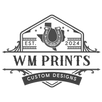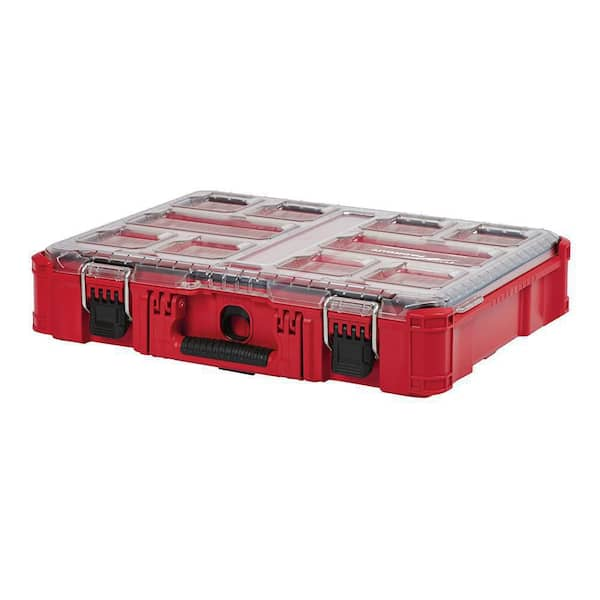3D printing has revolutionized the way we think about creating and manufacturing objects. Whether for personal projects or professional use, 3D printing offers endless possibilities. In this blog post, we will address some top questions about 3D printing techniques to help you get a better understanding of this incredible technology.
What are the Most Common 3D Printing Techniques?
There are several 3D printing techniques, but the most common ones include:
- Fused Deposition Modeling (FDM): This technique involves melting and extruding thermoplastic filaments layer by layer to create an object. It is popular due to its affordability and ease of use.
- Stereolithography (SLA): This method uses a laser to cure liquid resin into hardened plastic, one layer at a time. SLA printers produce highly detailed and smooth finishes, making them suitable for prototypes and complex models.
- Selective Laser Sintering (SLS): SLS employs a laser to sinter powdered material, typically nylon, creating solid structures. It is ideal for producing durable and complex parts without needing support structures.
- Digital Light Processing (DLP): Similar to SLA, DLP uses a digital light projector to cure the resin. It is faster than SLA because it cures an entire resin layer simultaneously.
- PolyJet and MultiJet: These techniques spray layers of liquid photopolymer onto the print bed and cure them with UV light. They are known for high resolution and realistic prototypes.
What Materials Can Be Used in 3D Printing?
3D printing offers flexibility in material choice, including:
- Plastics: PLA, ABS, PETG, and nylon are some of the most common plastic materials used.
- Metals: Titanium, stainless steel, and aluminum powders are used in industrial 3D printing.
- Resins: Photopolymer resins are common in SLA and DLP printing.
- Other Materials: Ceramics and even chocolates are explored in certain specialized applications.
Is 3D Printing Suitable for Creating Tool Holders?
Absolutely! 3D printing is an exceptional choice for creating customized tool holders. For instance, the Lyman Type Prep Tools Holder is a perfect example of a product designed using 3D printing techniques to ensure precision and durability, allowing for organized and efficient tool management.
How Can I Start with 3D Printing?
To get started with 3D printing:
- Select a 3D Printer: Choose a printer based on your goals and budget. Beginners often start with FDM printers due to their simplicity and cost-effectiveness.
- Get a Design Software: Use software like Tinkercad or Fusion 360 to design your models.
- Learn from Community Resources: Join forums, watch tutorials, and explore blogs to learn more about 3D printing.
For more insights and products related to 3D printing, visit our website to explore what’s possible. There you will find a range of products crafted with precision and expertise to meet your needs.
3D printing continues to push the boundaries of innovation. Armed with the knowledge of different techniques and the right tools, you are well on your way to bringing your ideas to life.





